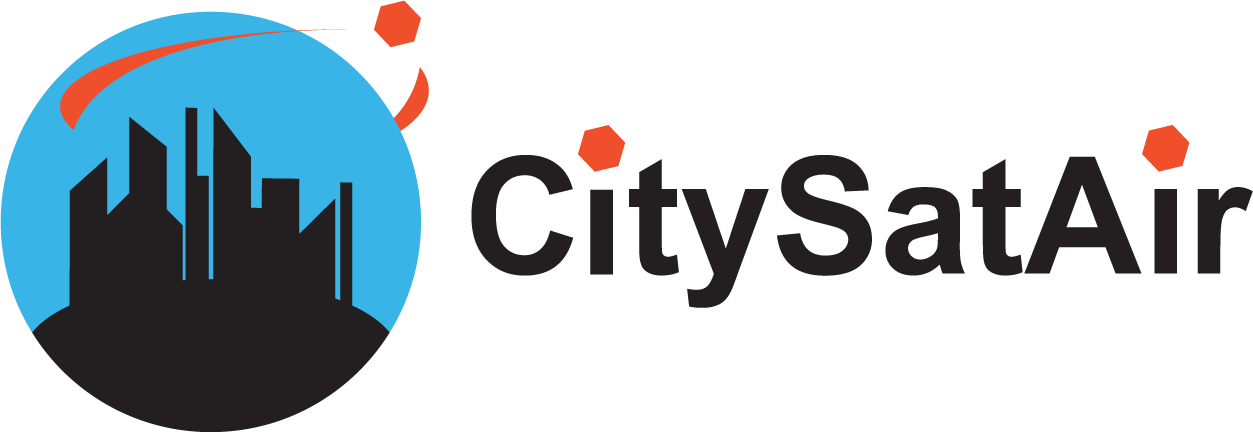General Conclusions
So far, we have primarily investigated two approaches: Daily scaling of emissions factors, and scaling of the emission inventory. In addition we are working on downscaling techniques as a more direct use of satellite observations. From our experiments we see that the performance of urban air quality models improves when adding TROPOMI observations. Modelling information is essential to provide height distribution of NO2 and to provide a priori concentration fields. To get the most out of the satellite retrievals, it is important to collocate simulations to individual retrieval footprints in space and time. Instead of direct concentration simulation, observations are used to adjust emissions. This leads to better performance of surface concentration simulation. Note that we do not necessarily retrieve more realistic emissions, as we might compensate for other system errors.
Outlook
Currently we are working on algorithm improvement, both in air quality modelling as in assimilation of air quality measurements. We further develop interactive applications for urban air quality, working towards an operational service. General applicability of the tools will be demonstrated by application to two more cities: Rotterdam and Warsaw.

